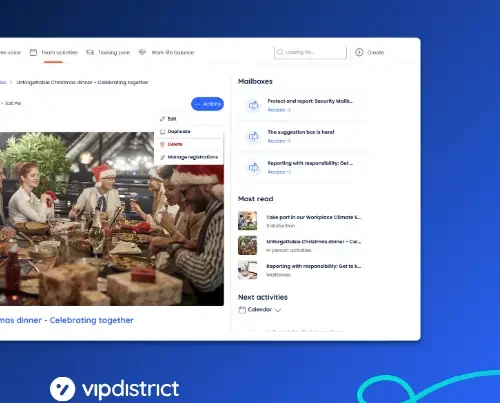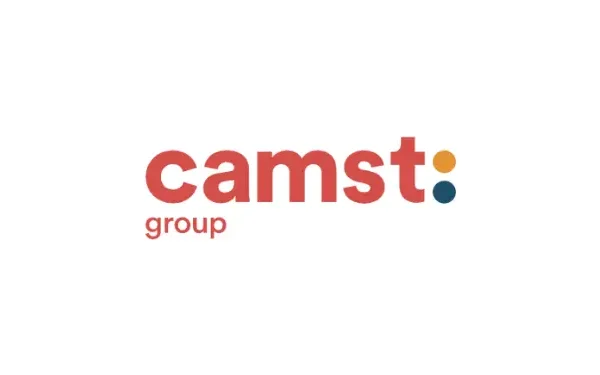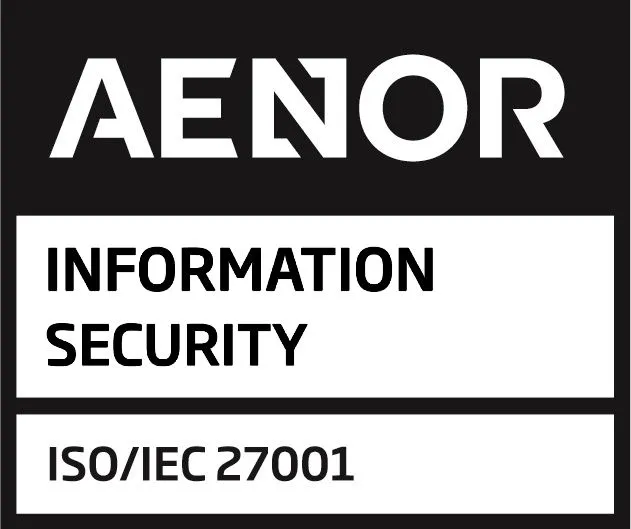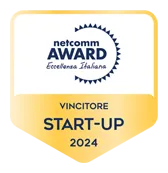
The selection process used for the recruitment of new candidates has undergone a radical transformation in recent decades. What was once a procedure based on paper CVs and face-to-face interviews has, with the advent of the internet and artificial intelligence, become a much more automated, streamlined and efficient system. This evolution has not only optimised recruitment timelines, but has also profoundly changed the way companies across Europe find, assess and select talent.
Table of Contents
In this article, we will explore what the selection process once looked like, discuss how it has evolved with today’s technologies and provide examples and statistics from a number of European countries to illustrate these transformations.
Traditional Selection Process: Slow and Manual
Prior to today’s digital age, selection processes were long and tedious, relying almost exclusively on manual methods. Companies would post job adverts in newspapers or on physical notice boards and candidates would then manually submit their printed CVs, usually by post. Subsequently, HR departments would review these CVs one by one, select the most suitable profiles and then conduct face-to-face interviews to assess the competencies of these candidates.
Challenges of the Traditional Process
- Time and effort: Manually reviewing hundreds of CVs was a laborious task. HR teams would spend weeks, or even months, trying to find the right person for each vacancy.
- Limited reach: Job advertisements published in print media only reached a limited audience. This reduced the number of candidates and narrowed the diversity of applications.
- Subjectivity: Candidate selection relied heavily on the recruiter’s intuition, increasing the likelihood of unconscious bias in hiring decisions.
In countries like Spain, the UK and Germany, the hiring process could take several months, especially for senior positions. According to a report by the Randstad consultancy, in the 1990s, the selection process for managerial roles in Europe could take between 3 and 6 months.
The Internet and the Digital Revolution: Changes in the Selection Process
With the advent of the internet, the selection process soon began to evolve. Companies started to post their job vacancies on online job portals, such as InfoJobs in Spain or Indeed in the UK, significantly expanding vacancy outreach and making it easier to manage applications. Candidates could apply from anywhere in the world at the click of a button and HR departments began receiving dozens of digital CVs, thereby reducing reliance on and use of paper.
Benefits of the Digitalised Process
- Access to more candidates: The internet allowed job ads to reach millions of people, significantly increasing the number of applications for each position.
- Time optimisation: Digital CV management enabled companies to filter and organise applications much more efficiently, saving both time and resources.
- Greater diversity: By broadening the reach, recruiters could access a more diverse pool of candidates offering a greater variety of profiles and skills.
A 2005 Eurostat report revealed that 68% of European companies at the time were already using online job portals to post vacancies and manage applications. It was estimated that the average hiring time had been reduced by 30% compared to traditional processes.
The Age of Artificial Intelligence: Automated Selection Processes
With the rise of artificial intelligence (AI), the selection process has experienced a new wave of transformation. Today, many European companies use AI algorithms to filter CVs, analyse language in job interviews and even predict a candidate’s job performance. This technology not only speeds up the selection process but also makes it more accurate and objective.
How Does AI Work in the Selection Process?
- CV analysis: AI systems can analyse thousands of CVs within seconds by searching for keywords related to job requirements. This helps companies quickly identify the most qualified candidates.
- Interview assessment: Some AI platforms, like HireVue in the UK, use facial recognition algorithms and voice analysis to evaluate recorded interviews. These technologies can identify emotions, body language and speech patterns, providing a deeper assessment of the candidate’s personality and skills.
- Performance prediction: Based on historical data, AI systems can predict which candidates are most likely to succeed in a position, taking into account factors including their previous experience, skills and assessment test results.
In countries such as Germany and the Netherlands, the use of AI in personnel recruitment is on the rise. According to a study by McKinsey, 27% of German companies already use AI tools for recruitment and selection and this figure is expected to rise to 40% within the next five years.
Comparing Selection Processes: Then and Now
| Feature | Traditional Process | Current Process with AI |
| Process duration | 3-6 months (depending on the job position) | 1-2 months (on average) |
| Application method | Paper CVs or PDF | Online applications |
| Candidate filtering | Manual | Automated with AI |
| Geographical reach | Limited to media’s local reach | Global, via online platforms |
| Interview assessment | Subjective, based on impressions | Based on AI algorithms |
| Bias in selection | High (unconscious and subjective) | Reduced, thanks to AI |
Examples of AI-Driven Selection Processes in Europe
- United Kingdom: Companies like Unilever have implemented fully automated AI-driven selection processes, from CV analysis to interview assessment. According to a BBC report, Unilever’s use of AI has enabled it to reduce recruitment time by 75%.
- France: The startup Harver, which uses AI to assess candidates’ skills through gamified tests, has been adopted by a number of French companies. As a result, recruitment accuracy has been improved and biases in staff selection have been reduced.
- Spain: In Spain, companies like Telefónica have implemented AI solutions to improve recruitment efficiency. According to a PwC report, using artificial intelligence tools has enabled Telefónica to reduce the time needed to fill vacancies by 30% .
Key Selection Process Statistics in Europe
- According to a McKinsey report, in 2023, 42% of European companies were using AI in some part of their selection process.
- The European Commission reports that the average hiring time in Europe has decreased from 68 days in 2010 to 27 days in 2022, thanks to the digitalisation and automation of the process.
- Results from a LinkedIn survey revealed that 67% of European candidates prefer selection processes that include online automated assessments, as they perceive them to be faster and less subjective.
The selection process has come a long way since the days of paper CVs and face-to-face interviews. Thanks to the internet and artificial intelligence, the process has become faster, more efficient and more objective than ever before. However, these advances also bring fresh challenges with them, such as the need to ensure that algorithms do not perpetuate unconscious biases or dehumanise the recruitment process.
Adoption of these technologies in Europe has varied from country to country, but it is clear that the trend towards automation will continue to grow. Companies that balance technological efficiency with a human approach to recruitment benefit from a competitive advantage in attracting and retaining the best talent.
New to Vip District? Contact us and find out what our platform has to offer!








